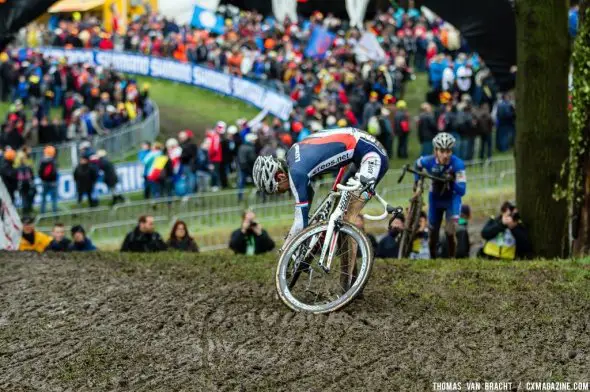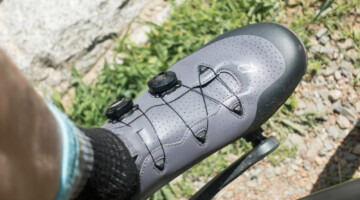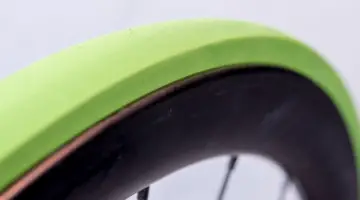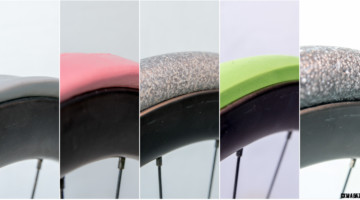Troubleshooting the Derailleur and Chain
If you are dropping your chain even in smooth situations, like when riding on pavement, there could be some mechanical problems that should be dealt with. If you take it into a bike shop, most mechanics are going to focus on two likely causes of a dropped chain.
The first is that one of the derailleur’s limit screws is too loose, allowing the cage to fall too far inward or allowing the derailleur cable to pull the cage too far outward. Adjusting limit screws are a fine art, but if you’re stubborn enough to want to DIY, make sure you identify the correct screw for which side the chain commonly drops from, and tighten by quarter turn increments. But if your derailleur’s limit screws were already set up correctly, this will likely end up only creating more chain rub with your cage and not solving the problem of a dropped chain.
The second likely problem a mechanic will focus on is the condition of your chain. A stretched chain is a likely culprit because the mismatch concerning the length between links and the teeth on the chainring will provide hesitant shifting or worse. If you find yourself riding single-track a few days of the week or filling up your weekends with cyclocross racing, you shouldn’t wait until you drop your bike off at a shop to learn that your chain has passed an acceptable stretching limit. Checking the stretch on a chain is a good weekly habit, and besides, chain checkers, like Pedro’s Chain Checker Plus, is one of the least expensive tools you can buy.
Cyclocross racers who power wash their bike and throw it in the garage for the next weekend of racing will likely have rusty and stiff links that could skip enough to drop a chain. On the other end of the spectrum, you have the riders who pour chain lube on pre-existing dirty lube, and their chains start to grow black and crummy. Usually this latter category has a more frequent problem of chain-suck, where the chain keeps riding up the front chainring because the friction of the dirt is stronger than the spring mechanism in the rear derailleur, but dirty chains can easily cause chains to drop as well. The solutions here should be easy enough. Dirty chains need to be degreased, stiff links need to be worked free and lubed, and stretched chains need to be replaced as soon as possible.
The last major culprit of the chain would be its length. Just because you have a brand new bike doesn’t mean you should just assume the chain length is correct. A chain that’s too long usually puts your rear derailleur in an unwarranted position where it can’t properly compensate for a chain sliding from the big and small chainrings. And a chain that’s too long will make it harder for the rear derailleur’s spring to keep even tension, especially on bumpy terrain, making it easier to derail.

Junior UCI CX World Championships – Hoogerheide, The Netherlands 1st February 2014
Even if your chain is the right length, a common mistake is to try out your buddy’s wheelset, not realizing that his or her cassette is a much different range than yours. Usually this will either result in your rear derailleur protesting as you put it in the lowest gear or a high likelihood of a chain drop. If you have to try out your friends new Reynolds or Zipps, see if you can swap cassettes as well.





























